M 45 Cúmulo abierto de las Pléyades
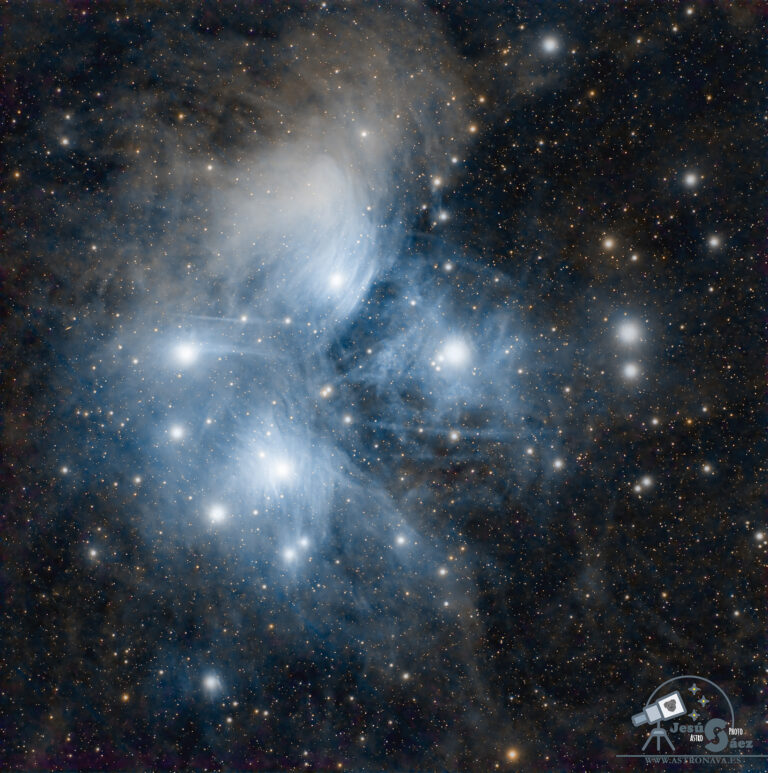
Las Pléyades
Nombre: Messier 45
Tipo: Cúmulo abierto
Distancia a la Tierra: 444,2 años luz
Magnitud: -4.07
Constelación: Taurus
Radio: 6 años luz

Las Pléyades
Nombre: Messier 45
Tipo: Cúmulo abierto
Distancia a la Tierra: 444,2 años luz
Magnitud: -4.07
Constelación: Taurus
Radio: 6 años luz
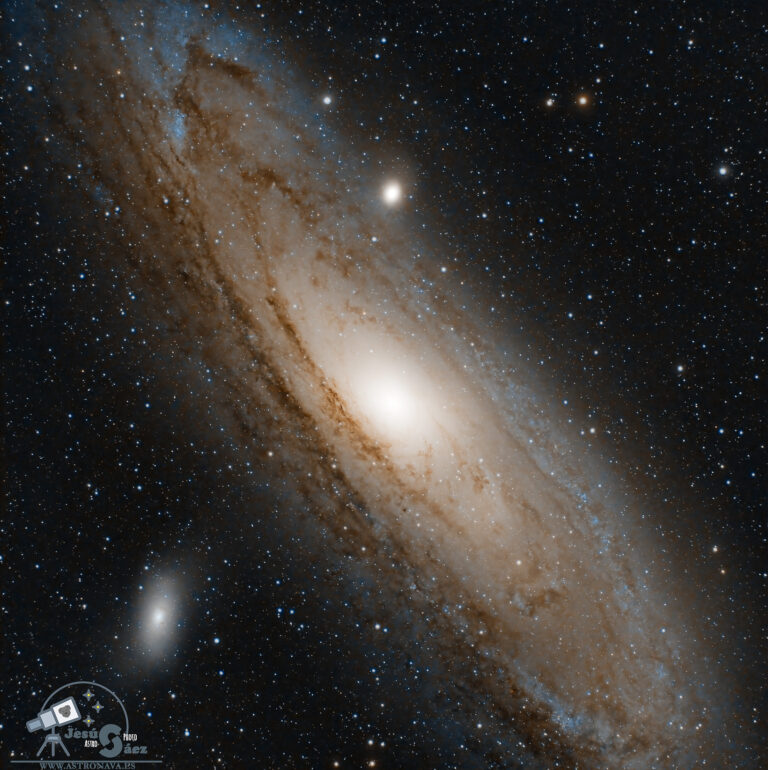
Galaxia de Andrómeda.
Nombre: Messier 31 NGC 224.
Tipo: Galaxia espiral(SA(s)b).
Distancia a la tierra: 2.5 millones años luz.
Magnitud aparente (V): 4,36.
Constelación: Adrómeda.
Radio: 110000 años luz.
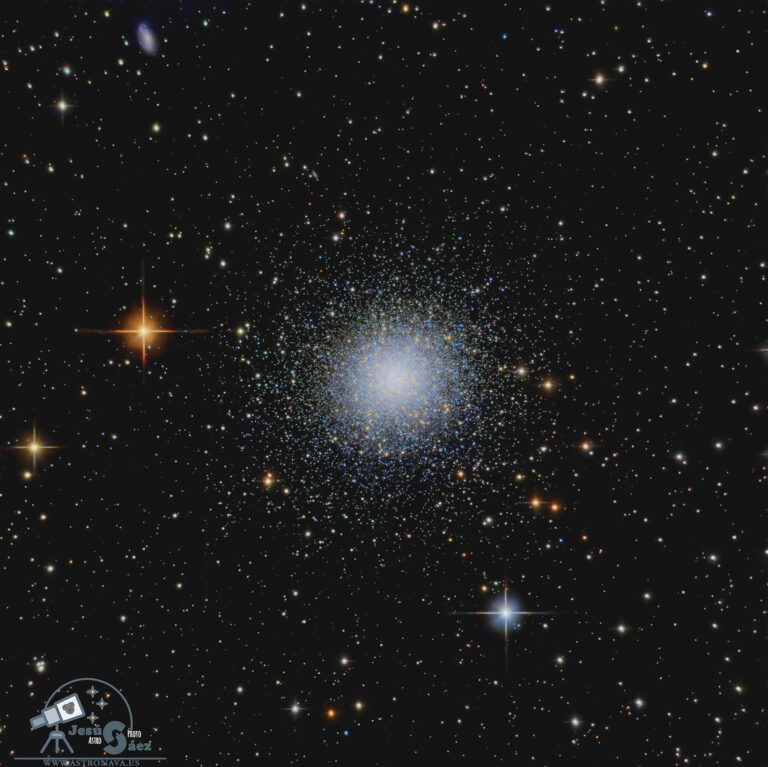
Cúmulo de Hércules.
Nombre: Messier 13 NGC 6205.
Tipo: Cúmulo globular, clase V.
Magnitud: 5.8.
Distancia a la Tierra: 25100 años luz. Constelación Hércules.
Radio 73 años luz.
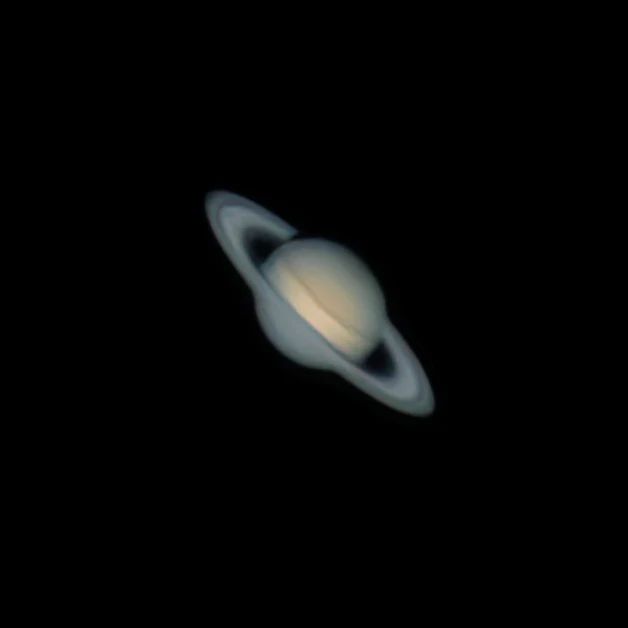
Saturno sexto planeta sistema solar
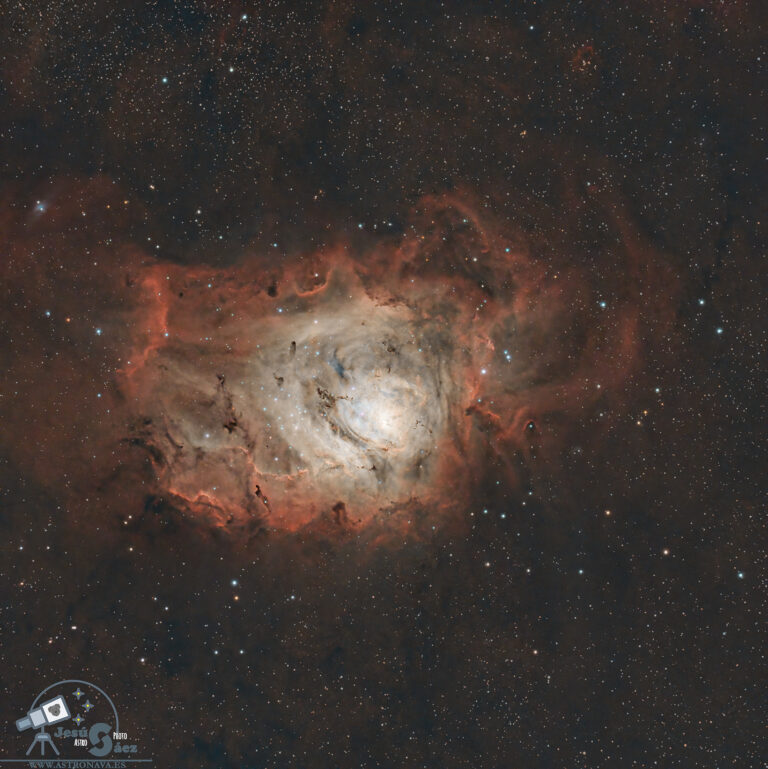
La Nebulosa de la Laguna.
Nombre: Messier 8, NGC 6523.
Tipo: nebulosa de emisión, región H II. Magnitud: 6.
Distancia a la Tierra: 4.077 años luz.
Constelación: Sagitario. Radio 70x30 años luz
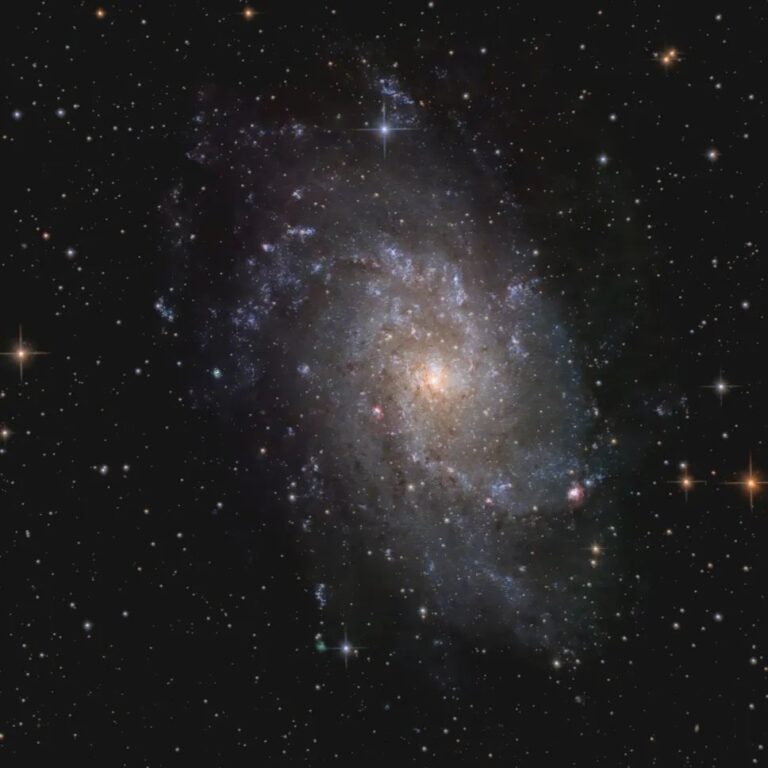
Galaxia del Triángulo. Nombre: Messier 33, NGC 598.
Tipo: Galaxia espiral (SA(s)cd).
Magnitud: 6.27.
Distancia a la Tierra: 2.8 millones años luz. Constelación: Triangulum.
Radio 25000 años luz.